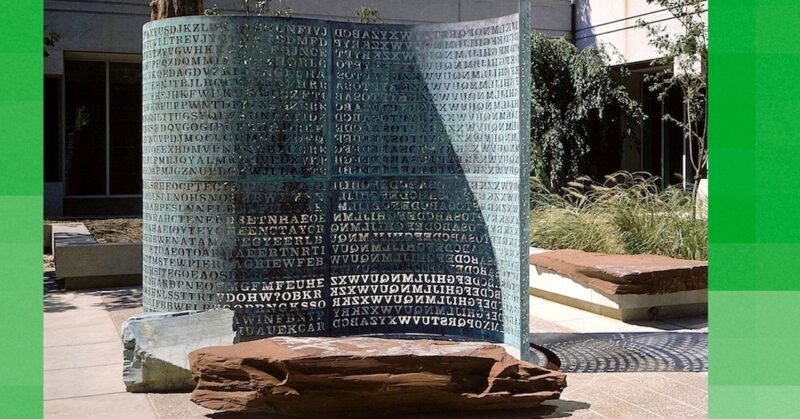Essential Insights
-
Enduring Challenge: For 35 years, the final section of the Kryptos sculpture, K4, remains unsolved despite attempts from the CIA, NSA, and other experts, provoking ongoing intrigue among cryptographers.
-
Rise of AI Solutions: Recent submissions to Kryptos creator Jim Sanborn by individuals using AI chatbots claim to have "cracked" the code, contributing to a surge in misguided confidence among amateur codebreakers.
-
Artist’s Frustration: Sanborn expresses dissatisfaction with the new wave of submitters, noting that their reliance on AI undermines the artistic integrity of Kryptos, shifting the nature of engagement from serious analysis to frivolous shortcuts.
- Complex Legacy Ignored: Many newcomers fail to appreciate the depth and complexity of Kryptos, treating it like a puzzle to solve rather than an art piece that comments on the nature of secrecy and intelligence, leading to a disconnect between effort and understanding.
AI Claims It Cracked Kryptos, but Artist Disagrees
For 35 years, many have sought to decode Kryptos, a mysterious sculpture near CIA headquarters. This work, created by artist Jim Sanborn, features four panels of scrambled letters. Three panels have partial translations, but the final segment, known as K4, remains unsolved.
Recently, an influx of emails flooded Sanborn’s inbox. These messages came from various individuals claiming they cracked K4. They said they achieved this extraordinary feat using artificial intelligence. Sanborn, however, remains unimpressed.
One email read, “What took 35 years, I did in three hours!” The sender firmly believed they found the answer. “History’s rewritten,” they claimed. Such confidence stems from a chatbot that assures users their decrypted results are correct.
Sanborn sees a troubling pattern. He notes the number of submissions has surged, with many newcomers convinced AI told them the solutions are 99.99% accurate. “This feels like a major shift,” he said. The artist is frustrated because many of these submitters lack an understanding of Kryptos’s complexity. They approach the challenge without the necessary thought or expertise.
“It’s like claiming you’ve scaled Everest by flying to the top,” Sanborn remarked. He finds this trend disheartening. Cryptographers dedicated years to cracking Kryptos. Their efforts honored the artwork’s subtle commentary on secrecy. In contrast, those relying on AI shortcuts may not grasp the artistic significance behind it.
Sanborn began charging a $50 fee to review proposed solutions. This approach aimed to filter out unlikely guesses. However, the recent wave of AI-generated email submissions bypasses this process. Sanborn feels the integrity of the challenge is at stake.
As AI tools grow increasingly sophisticated, the allure of quick answers tempts many. Yet, the real victory lies in the journey of discovery. Reflecting on this issue, Sanborn urges aspiring codebreakers to engage deeply with Kryptos rather than rely on promises of instant success. Only then can they appreciate the art and the enigma behind it.
Discover More Technology Insights
Learn how the Internet of Things (IoT) is transforming everyday life.
Access comprehensive resources on technology by visiting Wikipedia.
SciV1

